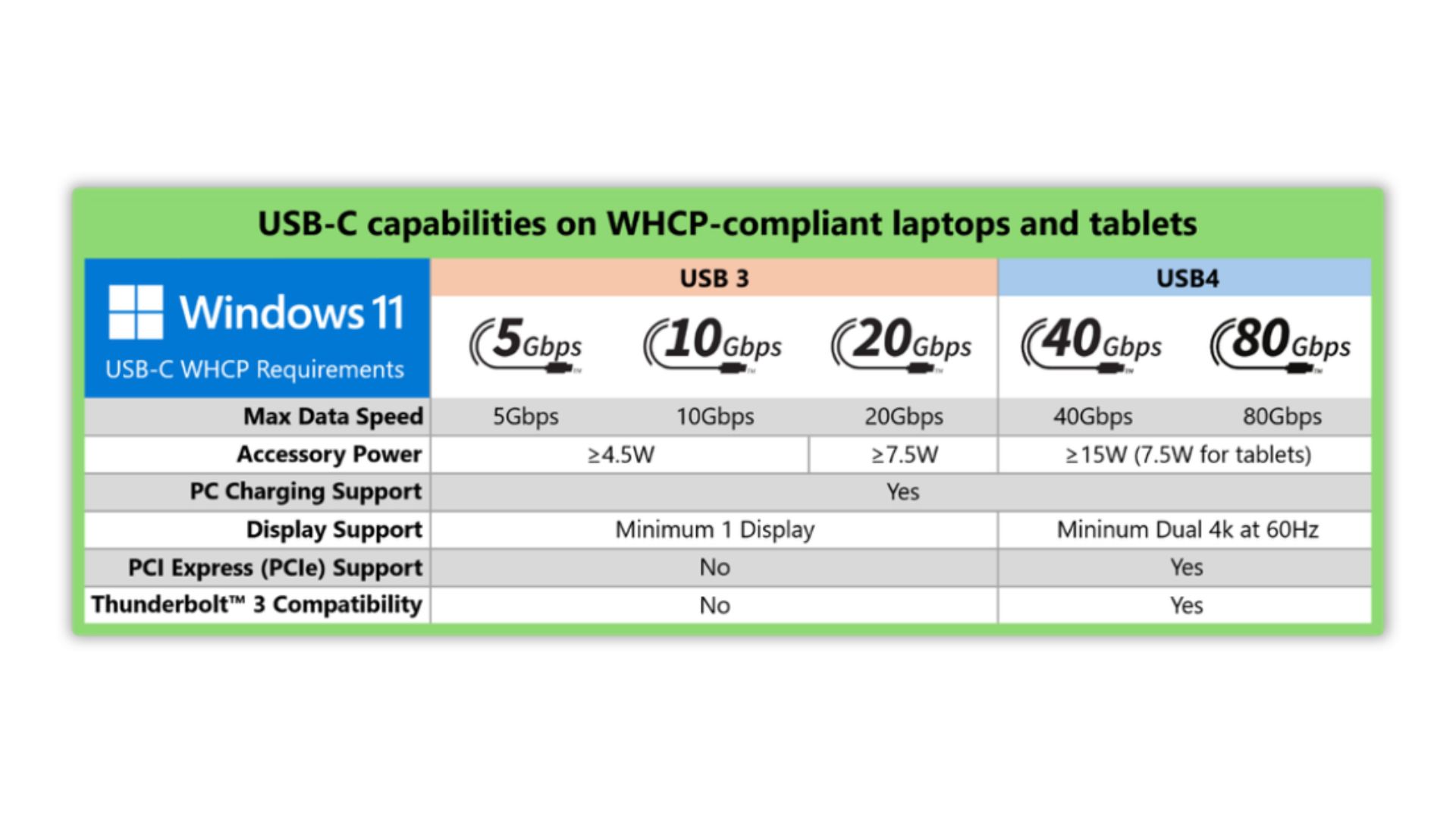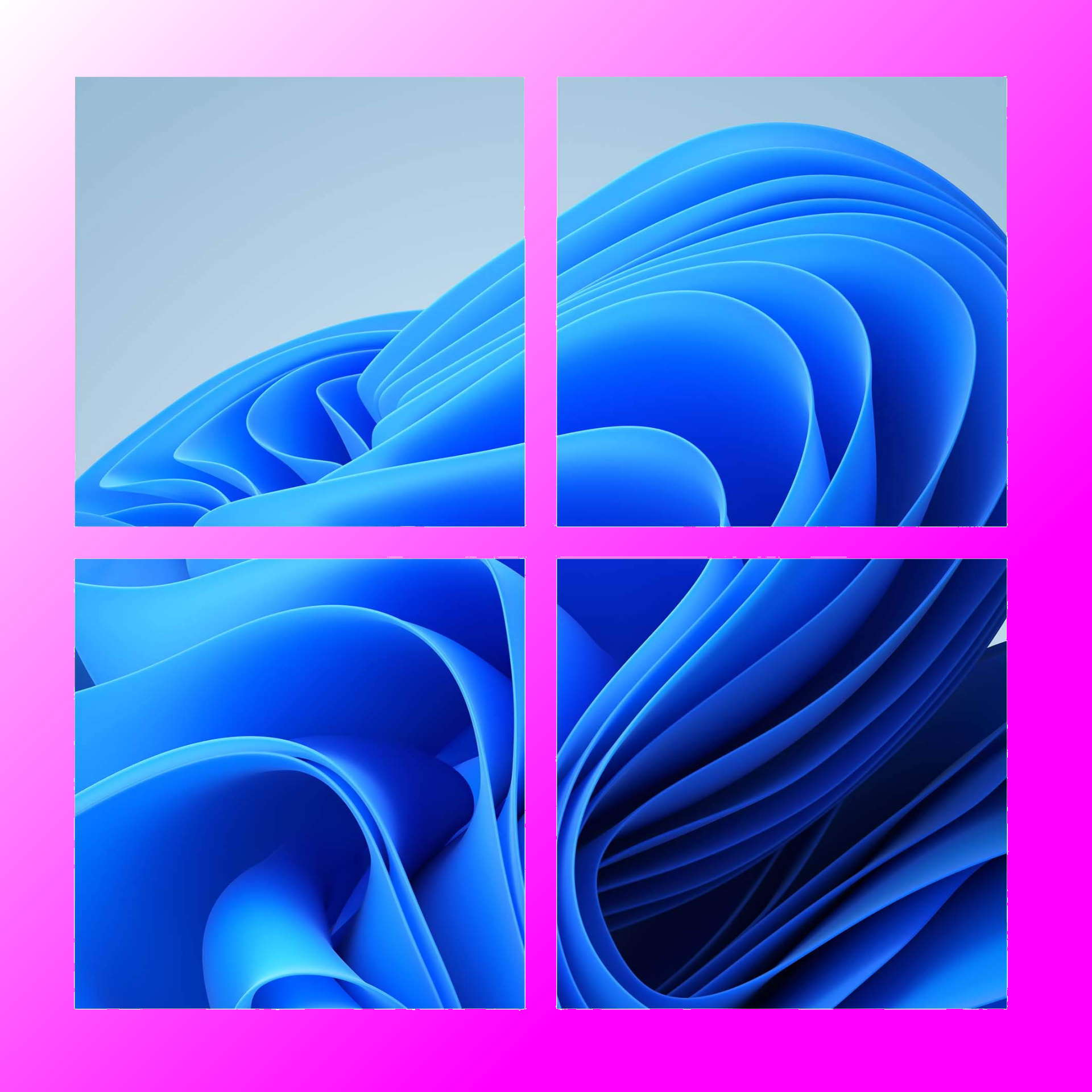Have you ever gone to plug in your USB Type-C cable to extend your display, ready for the glory of a second monitor, only for nothing to happen? Well, there's a good chance it's because your USB port isn't quite capable of doing so. Microsoft is implementing a new system to try and stop this problem.
As announced in the Microsoft USB Blog (which I've just discovered is a thing thanks to Tom's Hardware), writer Ugan-Sivagnanenthirarajah talked a little about the rationale behind this decision and how Microsoft plan on implementing it.
Microsoft has introduced new goals that suppliers looking to have Microsoft's stamp of approval must meet before being able to put Windows on their machines. Microsoft wants partners to make sure USB data, charging, and display capability "just works" on all its USB Type-C ports. Microsoft also makes sure its partners ensure that USB Type-C ports with 40 Gbps ports also "give full compatibility with USB4 and Thunderbolt 3 peripherals."
In order for hardware to launch with Windows 11, version 24H2, companies must achieve both goals, as well as following all other rules of the WHCP compatibility program.
To ensure partners meet the standard of making sure USB ports just work, all WHCP-compliant hardware with USB Type-C must have USB-IF-certified silicon in their PC, and all devices plugged in must "charge efficiently and consistently as every USB-C port on a certified PC needs to support USB Power Delivery charging." All Type-C ports must support DisplayPort Alt-Mode for connecting extra monitors and have to be "validated using Microsoft's built-in USB controlling drivers."

For a port to be certified as USB4, it must be capable of a 40 Gbps max data speed or more, must offer up to 15 W of power to accessories (with that being 7.5 W for tablets), has to support PC charging, must support a minimum of dual 4K at 60 Hz display, and has to have both PCIe support and Thunderbolt 3 compatibility.
The testing process is implemented via Microsoft's HLK (Hardware Lab Kit), and "OEMs, silicon vendors, and accessory brands run these HLK tests and submit logs to Microsoft. Any failure halts certification until the issue is resolved in hardware or firmware."
And if you're wondering why Microsoft is going through all this trouble—have you used a USB port on a modern PC lately? It's all kinds of bad, and the naming for each USB generation is just as bad. I just hope Microsoft's efforts are actually effective enough to do something about USB confusion.
Microsoft points out that "manufacturers can implement ports that look identical but differ wildly in functionality," so customers can be misled by the ports. This new process to implement standardized Type-C functionality is intended to give some clarity on that, and give assurance when you buy a WHCP-certified machine.
This new process is a good thing for Microsoft to implement, and Microsoft is likely looking for a bit of a PR win right now. It fired just under 7,000 employees just last month, and Microsoft's Build conference was interrupted by protests in regard to ties to the Israeli military, with further pressure from BDS (Boycott, Divestment, and Sanctions).

Windows 11 review: What we think of the latest OS.
How to install Windows 11: Guide to a secure install.
Windows 11 TPM requirement: Strict OS security.













 Bengali (Bangladesh) ·
Bengali (Bangladesh) ·  English (United States) ·
English (United States) ·